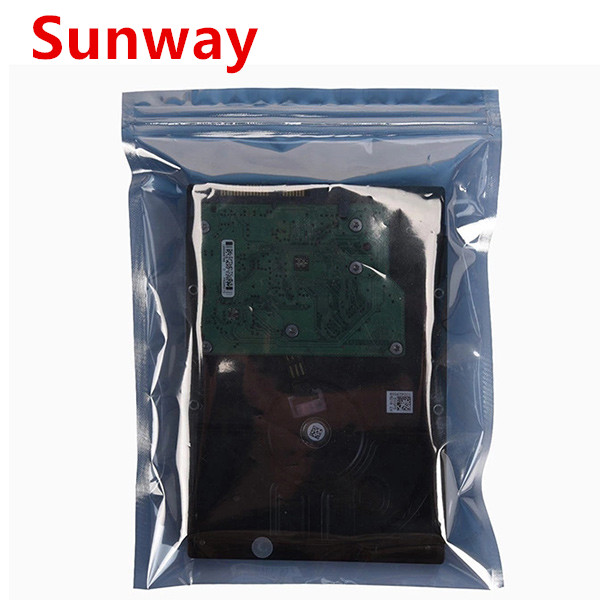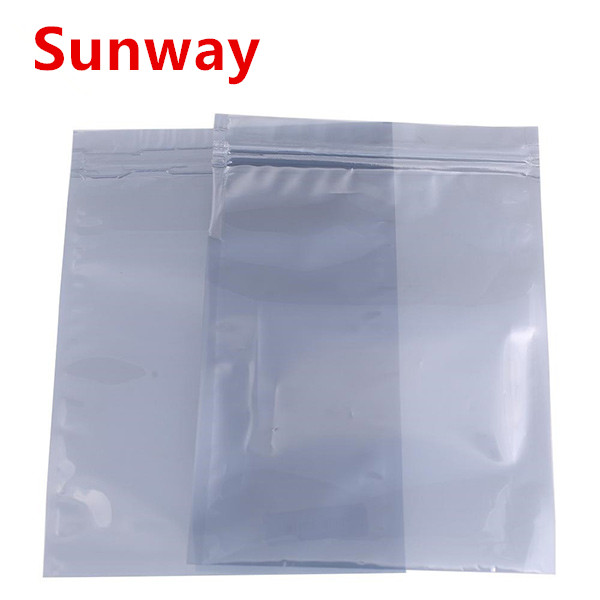Heat-resistant hot melt pressure-sensitive adhesive
Component dosage /g component dosage /g
A, styrene 15 naphthalene oil 1.0
Isoprene 85 Phosphate ditridecyl p-cresol ester 50
B. Hydrogenated Alicyclic Petroleum Resin (Thickener) 200 2,4 Bis(n-octylthioether)-6(4Hydroxy-3,5di-tert-butylphenylamino)-1,3,5-triazine 0.3
According to the above dosage, styrene is prepolymerized in cyclohexane with sec-butyllithium as a catalyst, isoprene is polymerized in the solution, and the resulting polymer is coupled with dibromoethane. 2,6-di-tert-butyl-p-cresol was removed from the solution and cyclohexane was removed to give an ABA type block copolymer. According to A amount 100 and B amount in 150 °C mixed evenly, made pressure sensitive hot melt adhesive.
Use The glue has good heat resistance and is used for heat-resistant bonding.
Polybenzimidazole Adhesives
Component dosage /g component dosage /g
Primer: Film:
Polybenzimidazole 35 Glass film with 40% primer
Dimethylacetamide 80
Preparation and curing
The above components are mixed to make a primer. Curing pressure 0.1MPa, the temperature rose to 100-112 °C curing 0.5h, and then cured at 200 °C 0.5h, and finally cured at 250 °C 3h.
Use The glue is resistant to water, alcohol, acetone, kerosene, and oil, etc. It is used for bonding metal parts at high temperature.
GW-1 Adhesive
The polybenzimidazole solution was used as a primer, and the film was a carrier film of polybenzimidazole.
Preparation and curing Curing pressure 0.2MPa, curing at 160 °C 4h.
Purpose The adhesive is used for the bonding of metal parts used at high temperature
Heat-resistant adhesive
Component dosage /g component dosage /g
3-aminophenol 120.0g 1,3,5 trichlorobenzene 91.0g
Granular potassium hydroxide (purity 86%) 75.0g Xylene 50.0ml
1,3 Dimethyl 2 imidazolinone 750.0 ml N,N Dimethylacetamide 81.7 g
Pyromellitic acid dianhydride 10.9g
Preparation The glue is prepared in two steps.
In the first step, the intermediate 1,3 bis(3-aminophenoxy)-chlorobenzene was synthesized: in a flask with a stirrer and a water separator, the aminophenol, potassium hydroxide, and 1,3 dimethyl were added to the flask. Base 2 imidazolinone 500 ml and xylene 50 ml. The temperature was raised while stirring under a nitrogen atmosphere, and the water in the reaction system was removed through a water separator under reflux of xylene, and the amount of distilled water was 20.5 ml. Add 1 ,3 dimethyl 22 imidazolinone in 1 h
A solution of 250 ml and trichlorobenzene was incubated at 150-150° C. for 5 h, and the xylene in the system was distilled off. The reaction was further heated to 170-180° C. for 18 hours. After completion of the reaction, the pressure was immediately reduced to 6666-9333 Pa, and 690 ml of 1,3-dimethylimidazolidinone was recovered by distillation. The residue was put into 1.5 L of water with vigorous stirring, and the lower layer appeared as a brown oil, that is, crude 1,3 bis(3-aminophenoxy)chlorobenzene. After a series of refining processes, the obtained oil is stored in a cold place and crystallized.
In the second step, polyimide was synthesized: Intermediate 16.33 and N,N-dimethylacetamide were added to a vessel equipped with a stirrer, a reflux condenser, and a nitrogen inlet tube, and added in portions at room temperature under a nitrogen atmosphere. The pyromellitic dianhydride was stirred for about 20 hours without raising the temperature of the solution. The polymer was coated on a glass plate and heated at 100° C., 200° C., and 300° C. for 1 hour to obtain a yellowish-through polyimide film. It was inserted into two cold-rolled steel plates preheated to 130°C and cemented for 5 min at 300°C and 1.96 MPa pressure.
Formula 2
Ingredients of 2,2 bis(3,4 dicarboxyphenyl)propane dianhydride 0.049 mol
This dianhydride was used instead of pyromellitic dianhydride, and the rest of the components were the same as in Formula 1, and the reaction was carried out to obtain a polymer film.
Source: 21st Century Fine Chemicals Network

